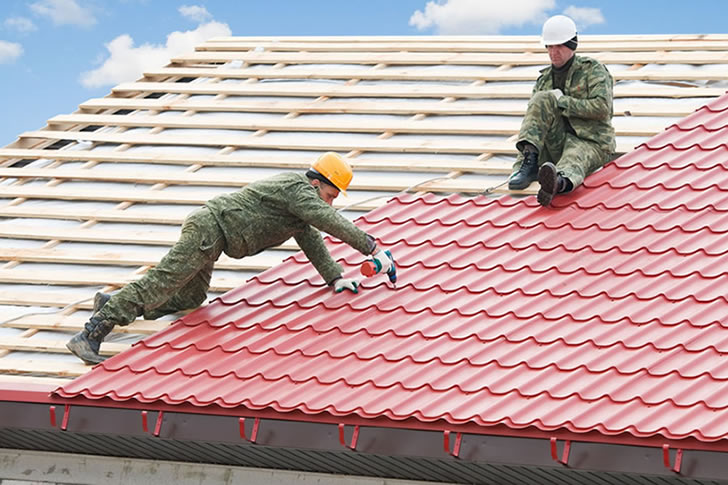Cost Considerations for Roofing Replacement
When it comes to homeownership, few projects are as necessary and significant as replacing a roof. Not only does the roof protect the structure and the occupants of a home from the elements, but it also plays a crucial role in the home’s overall energy efficiency and aesthetic appeal. However, the cost of replacing a roof can be substantial, and it’s important for homeowners to understand the various factors that affect these costs. By breaking down these factors, homeowners can make informed decisions and manage their budgets effectively.

Understanding the Basic Cost Components
The cost of a roof replacement is influenced by several fundamental factors including materials, labor, the size of your roof, and geographic location. Average costs can range anywhere from $5,000 to $20,000 or more, but these numbers can fluctuate significantly based on the specifics of each project.
Materials typically occupy the largest portion of the total cost. Asphalt shingles, for example, are one of the most common and least expensive options, costing about $120 to $400 per square (with a square covering 100 square feet). On the other hand, materials like metal, tile, or slate could cost significantly more, ranging from $500 to $1,800 per square. The choice of material not only influences cost but also the longevity and performance of the roof.
Labor costs can also vary considerably. They are often dictated by the complexity of the job, the steepness of the roof, and the type of materials being installed. Labor generally represents 60% of the total project cost. Therefore, for a typical asphalt shingle roof replacement costing $10,000 total, around $6,000 might be attributable to labor costs.
Additional Factors Influencing Cost
Beyond the basics, there are several other factors to consider. The removal and disposal of the existing roof can affect the total cost. Depending on the material being removed and the amount of labor involved, this can add anywhere from $1 to $5 per square foot to the project’s total cost.
Geographical location is another significant factor. Costs in high-cost-of-living areas like major metropolitan regions (e.g., New York or San Francisco) can be considerably higher due to increased labor rates and operational costs faced by roofing companies. Moreover, regional weather conditions can influence material choices that are better suited for the local climate, which may affect the overall cost.
Accessibility is another cost factor. If a roof is particularly difficult to access, this can extend the time needed to complete the job and may necessitate special equipment or additional safety precautions, all of which can increase the overall cost.
Long-Term Savings and ROI
While the upfront cost of a roof replacement can be daunting, it’s important to consider the long-term savings and return on investment (ROI). A new roof can enhance a home’s energy efficiency, reducing heating and cooling costs by providing better insulation and/or reflective properties depending on the materials used. For instance, “cool roofs” reflect more sunlight and absorb less heat than a standard roof, which can significantly reduce energy costs especially in hotter regions.
Additionally, a new roof increases a home’s curb appeal and can significantly boost property value. In fact, the Remodeling 2020 Cost vs. Value Report indicates that a new asphalt shingle roof can recoup around 65.9% of its cost in added home value. For higher-end materials like slate or metal, this ROI can be even higher.
Choosing the Right Contractor
Selecting the right contractor is pivotal to achieving a successful roof replacement without overrunning costs. Homeowners should seek multiple quotes to ensure competitive pricing and should look beyond cost alone to consider the reputation, credibility, and experience of the contractor. It is crucial to verify licensing, insurance, and check reviews from past customers.
Furthermore, detailed, transparent quotes that breakdown all aspects of the job can help prevent unexpected costs. Homeowners should discuss potential unexpected scenarios and how these would be financially handled before signing a contract.
Final Considerations
The decision to replace a roof is significant and affects not just the immediate comfort and security of your home but its long-term value and efficiency. By understanding the factors influencing costs, considering both initial investment and long-term benefits, and choosing the right contractor, homeowners can manage their roofing replacement effectively within their budget constraints.
Being well-prepared and informed can transform what is often a daunting undertaking into a valuable investment in the longevity and quality of your home. With careful planning and consideration, you can ensure that your roofing project is a success both financially and structurally.







Recent Comments